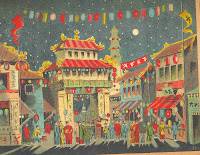For example during World War 1 programmes were on rough paper, in black and white like this

During the 1920s the programmes reflected the optimism and excitement of the times. They were also in many cases beautiful artistic works
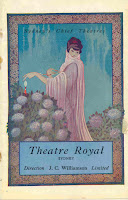 This is a full colour cover and a booklet printed on glossy paper.
This is a full colour cover and a booklet printed on glossy paper.Of course as the depression came, the programmes became less showy.
 The Williamson programme above is from 1931. The same cover was used through 1931 only the pictures of the stars on the cover changed. It was a booklet, but in black and white.
The Williamson programme above is from 1931. The same cover was used through 1931 only the pictures of the stars on the cover changed. It was a booklet, but in black and white.As the economy improved so did the programmes. Williamson updated to colour covers, but still kept the same cover through the mid 1930s.
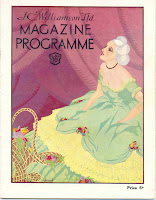 Of course during the Second World War the theatres had to show patriotism by keeping their programmes simple. They went back to brouchure type programmes, many with colour covers like the one below from 1943.
Of course during the Second World War the theatres had to show patriotism by keeping their programmes simple. They went back to brouchure type programmes, many with colour covers like the one below from 1943. Theatre history is a reflection of cultural and economic history. The above programmes are a fantastic illustration of the relevance of our theatrical history to the wider history of Australia.
Theatre history is a reflection of cultural and economic history. The above programmes are a fantastic illustration of the relevance of our theatrical history to the wider history of Australia.

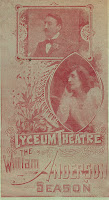
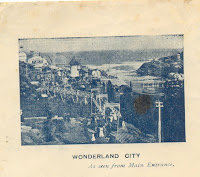
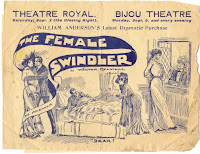

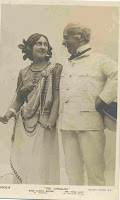

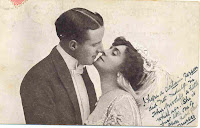







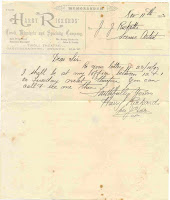
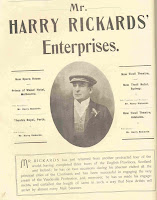 Finally, below is a 19th Century postcard of the New Opera House in Melbourne. It was later called the Tivoli and was run by Rickards. A shopping mall now stands on the site.
Finally, below is a 19th Century postcard of the New Opera House in Melbourne. It was later called the Tivoli and was run by Rickards. A shopping mall now stands on the site.

